Product Overview
Testosterone Vaginal Cream is a compounded, bioidentical preparation formulated to deliver testosterone directly to vulvovaginal tissues, where declining androgen levels have been implicated in post-menopausal atrophy, dryness, pruritus, dyspareunia, and diminished libido¹. Local application concentrates the hormone at epithelial, muscular, and neurovascular sites that express androgen receptors, supporting epithelial maturation, collagen synthesis, and genital sensation while minimizing systemic exposure; clinicians therefore consider it when standard estrogen therapy is ineffective, contraindicated, or poorly tolerated¹. Off-label compounded products increasingly meet this need because no testosterone medication is currently approved for use in cisgender women in the United States, rendering prescription through a 503A pharmacy the only practical route for dose-tailored therapy.[¹]
Public interest in female androgen therapy has surged alongside social-media testimonials and emerging observational data describing improvements in sexual desire, mood, cognition, energy, and musculoskeletal health². Nevertheless, experts emphasize cautious patient selection, individualized dosing, and periodic biochemical monitoring to avoid supra-physiologic levels and to detect early signs of androgen excess. The cream’s 20 mg/mL concentration in a 30 mL dispenser allows titration with calibrated applicators, typically 0.25-0.5 mL per use, but prescribers may adjust frequency based on symptom relief, serum levels, and safety profile. Because compounded formulations lack FDA review, clinicians must apprise patients of variability risks and counsel on proper storage, hygiene, and follow-up, underscoring that benefits remain probabilistic and safety data are still evolving.[²][³]
Clinical guidelines suggest initiating therapy at the lowest effective amount, commonly 0.25 mL (5 mg testosterone) intravaginally once daily.[⁹] Serum total and free testosterone should be measured at baseline and after six to eight weeks, timing the sample midway between doses. Target values generally correspond to the upper quartile of pre-menopausal reference ranges; exceeding that threshold or experiencing androgenic side effects warrants dose reduction. Lack of clinical response after a three- to six-month trial despite optimized levels should prompt reevaluation of diagnosis and discontinuation.[⁹]
Testosterone acts as an agonist at the androgen receptor, a ligand-activated transcription factor distributed throughout vaginal epithelium, stromal fibroblasts, pelvic floor musculature, peripheral nerves, and vascular endothelium³. Upon binding, the hormone-receptor complex translocates to the nucleus, where it modulates expression of genes governing keratinocyte proliferation, collagen cross-linking, nitric-oxide synthase activity, and neurosensory remodeling, thereby enhancing tissue integrity, lubrication, and sensitivity.[³]
Vaginal delivery exploits favorable pharmacokinetics: a single intravaginal dose produces a rapid but transient rise in serum testosterone that peaks within six hours before returning toward baseline by 24 hours, indicating limited systemic accumulation⁴. Concurrent measurements of estradiol remain unchanged, suggesting minimal aromatization locally; thus therapeutic effects largely stem from androgen receptor engagement. Repeated dosing sustains local androgenic milieu without exceeding physiologic systemic ranges in most patients, though inter-individual variability necessitates periodic plasma monitoring and symptom-guided titration.[⁴]
Absolute contraindications include known or suspected androgen-dependent neoplasms, active or recent breast carcinoma, and undiagnosed genital bleeding, where exogenous testosterone could exacerbate tumor growth or mask diagnostic clues.[⁵] Severe hepatic impairment, uncontrolled polycythemia, and hypersensitivity to formulation excipients similarly preclude use. Relative contraindications encompass significant cardiovascular disease, uncontrolled dyslipidemia, and untreated obstructive sleep apnea; although data are mixed, some analyses associate supra-physiologic androgen exposure with adverse lipid shifts, thrombosis, and myocardial events in susceptible women.[⁵] Clinicians must also exercise caution in patients with severe acne, hirsutism, alopecia, or voice deepening history, as even modest doses may potentiate these features.
Comprehensive interaction databases list more than 170 medications with potential to alter testosterone metabolism or amplify its physiologic effects.[⁶] Strong CYP3A4 inducers (e.g., rifampin, carbamazepine) may accelerate hepatic clearance, necessitating dose adjustments, whereas inhibitors (e.g., ketoconazole) could raise systemic levels and side-effect risk⁶. Androgens can potentiate the anticoagulant effect of vitamin K antagonists, prolonging prothrombin time; careful INR monitoring is advised when initiating or discontinuing testosterone in patients on warfarin.[⁶] Concomitant corticosteroids may synergistically promote fluid retention and hypertension; likewise, insulin or oral hypoglycemic requirements can fluctuate as androgens influence gluconeogenesis and insulin sensitivity.
Cutaneous androgenic sequelae-acneiform eruptions, seborrhea, and unwanted terminal hair growth-represent the most common adverse events, typically dose-related and reversible with titration or discontinuation.[⁷] Virilization manifestations such as deepened voice, clitoromegaly, and temporal alopecia occur rarely but may be irreversible; prompt recognition is essential. Transient breast tenderness, mood swings, and altered libido (either elevation or paradoxical decrease) have been reported. Laboratory surveillance may reveal reductions in high-density lipoprotein cholesterol and mild erythrocytosis; clinicians should evaluate cardiovascular risk factors periodically. Local irritation is uncommon but can present as burning, itching, or discharge.
Testosterone is teratogenic; exposure during pregnancy may masculinize a female fetus or disrupt endocrine development, and thus therapy is contraindicated in individuals who are pregnant or planning conception.[⁸] Reliable contraception is mandatory for patients of reproductive potential, and any suspected pregnancy warrants immediate discontinuation and obstetric evaluation. Because vaginal absorption can result in measurable systemic levels, prescribers should counsel on avoidance of genital contact that might transfer residual cream to a partner, particularly during early gestation when androgen-mediated virilization risk is highest.[⁸]
The cream should be kept tightly closed at controlled room temperature, 20 °C-25 °C (68 °F-77 °F), protected from heat, moisture, and direct light to preserve potency.[¹⁰] Patients should avoid refrigeration unless explicitly directed, as extreme cold can thicken the vehicle and impede accurate dosing. Containers must remain out of reach of children and pets; accidental secondary exposure can cause premature virilization in minors. Adherence to the beyond-use date assigned by the compounding pharmacist is critical because compounded preparations may lack stabilizing preservatives and validated shelf-life studies.
- Whitton, K., & Baber, R. (2024). Androgen-based therapies in women. Best Practice & Research Clinical Endocrinology & Metabolism, 38(1), 101783. https://doi.org/10.1016/j.beem.2023.101783
- Haupt, A. (2025, February 19). Testosterone therapy is trending-for women. Time. https://time.com/7259392/testosterone-therapy-women-benefits-risks/
- DrugBank Online. (2025). Testosterone: Uses, interactions, mechanism of action. https://go.drugbank.com/drugs/DB00624
- Apperloo, M., Midden, M., van der Stege, J., Wouda, J., Hoek, A., & Weijmar Schultz, W. (2006). Vaginal application of testosterone: Pharmacokinetics and sexual response in healthy volunteers. Journal of Sexual Medicine, 3(3), 541-549. https://doi.org/10.1111/j.1743-6109.2006.00146.x
- Bianchi, V., et al. (2023). Impact of testosterone therapy on cardiovascular risk among postmenopausal women: A scoping review. Journal of the Endocrine Society, 8(1), bvad132. https://doi.org/10.1210/jendso/bvad132
- Drugs.com. (2025). Testosterone topical interactions. https://www.drugs.com/drug-interactions/testosterone-topical.html
- IYTmed. (2024). Testosterone cream side effects for females. https://iytmed.com/testosterone-cream-side-effects-for-females/
- Centers for Disease Control and Prevention. (2024). Testosterone use and risk for pregnancy. https://www.cdc.gov/contraception/hcp/usspr/testosterone-pregnancy-risk.html
- Alabama Board of Medical Examiners. (2025). Recommended guidelines for testosterone replacement therapy in females. https://www.albme.gov/uploads/pdfs/TRT_GuidelinesFem.pdf
- MassGainsSource. (2023). The truth about testosterone and refrigeration. https://www.massgainssource.com/testosterone-2/does-testosterone-need-to-be-refrigerated/
- Black, A., & Shapiro, H. (2014). Androgen therapy in women. U.S. Pharmacist, 39(9). https://www.uspharmacist.com/article/androgen-therapy-in-women
- Glaser, R. et al. (2020). Compounded testosterone therapy in women [Poster]. https://hormonebalance.org/wp-content/uploads/2020/06/Glaser-Poster-presentations-WEB/COMPOUNDED-TESTOSTERONE-THERAPY-IN-WOMEN.pdf
- Lemke, M. (2017). Vaginal testosterone for management of aromatase inhibitor-related sexual dysfunction. Oncology Nursing Forum, 44(3), 224-230. https://www.ons.org/system/files/journal-article-pdfs/LemkeMay2017.pdf
- LifeWellMD. (2025). Testosterone cream for women: Safety, efficacy, and alternatives. https://lifewellmd.com/testosterone-cream-for-women-a-comprehensive-guide-on-safety-efficacy-and-alternatives/
- Wolters Kluwer. (2025). USP 797 beyond-use date updates. https://www.wolterskluwer.com/en/expert-insights/usp-forum-update-beyond-use-dates-buds
- Apothecary Options. (2018). BHRT physiologic dosing guidelines (females). https://docslib.org/doc/6815015/bhrt-physiologic-dosing-guidelines-females-bi-est-50-50
- Whelan, J. (1991). Virilization secondary to topical testosterone. Cleveland Clinic Journal of Medicine, 58(1), 43-45. https://www.ccjm.org/content/58/1/43.full.pdf
- Staiger, B. (2023). Warfarin and testosterone interaction details. Hello Pharmacist. https://hellopharmacist.com/drug-interactions/drugs/warfarin/testosterone-with-warfarin
- Compounding Solutions Pharmacy & Wellness. (2023). Applying topical hormone creams. https://www.compoundsavannah.com/applying-topical-hormone-creams
- Alpha MD. (2024). Side effects of testosterone pellets in females: What you need to know. https://www.alphamd.org/resources/side-effects-of-testosterone-pellets-in-females-what-you-need-to-know
What symptoms might improve with Testosterone Vaginal Cream?
Peer-reviewed pharmacy literature describes benefits in sexual desire, lubrication, and overall quality of life among hypoactive sexual desire disorder cohorts.[¹¹]
How quickly do patients typically notice relief?
Compounded therapy poster data indicate meaningful symptom reduction within four to six weeks for most women, with some reporting earlier changes in comfort and libido.[¹²]
Will my blood testosterone become too high?
Integrative reviews of vaginal preparations show that systemic levels usually remain within physiologic female ranges when dosing is individualized, though regular monitoring is advised.[¹³]
How is the cream applied?
Clinical guides recommend inserting the calibrated applicator intravaginally at bedtime after hygiene routines, ensuring consistent depth and minimizing daytime leakage.[¹⁴]
Does the product require special compounding standards?
Updated beyond-use-date regulations underscore the importance of 503A pharmacies following revised USP guidance for non-sterile hormone creams to ensure quality and stability.[¹⁵]
What if I experience no benefit after several months?
Bioidentical hormone dosing algorithms suggest reassessing serum levels, adherence, and alternative etiologies, discontinuing therapy if objectives remain unmet after six months.[¹⁶]
Could I develop irreversible masculinization?
Case reports document severe hirsutism and voice changes after excessive topical dosing; maintaining physiologic targets greatly reduces this risk.[¹⁷]
Is it safe with blood thinners like warfarin?
Pharmacist reports note potentiation of anticoagulant effect, so clinicians should intensify INR surveillance and adjust warfarin as needed when testosterone is added or withdrawn.[¹⁸]
How can I avoid transferring the cream to partners?
Applying the dose at night, allowing full absorption, and washing hands immediately afterward reduce transfer risk, as do barrier methods during sexual activity.[¹⁹]
When do side effects usually become apparent?
Observational data suggest that cutaneous reactions or mood shifts, when they occur, manifest within the first three months and often resolve with dose adjustments.[²⁰]
Disclaimer: This compounded medication is prepared under section 503A of the U.S. Federal Food, Drug, and Cosmetic Act. Safety and efficacy for this formulation have not been evaluated by the FDA. Therapy should be initiated and monitored only by qualified healthcare professionals.
Administration Instructions

Topi-Click PERL Vaginal Dosing Kit Instructions
503A vs 503B
- 503A pharmacies compound products for specific patients whose prescriptions are sent by their healthcare provider.
- 503B outsourcing facilities compound products on a larger scale (bulk amounts) for healthcare providers to have on hand and administer to patients in their offices.
Frequently asked questions
Our team of experts has the answers you're looking for.
A clinical pharmacist cannot recommend a specific doctor. Because we are licensed in all 50 states*, we can accept prescriptions from many licensed prescribers if the prescription is written within their scope of practice and with a valid patient-practitioner relationship.
*Licensing is subject to change.
Each injectable IV product will have the osmolarity listed on the label located on the vial.

Given the vastness and uniqueness of individualized compounded formulations, it is impossible to list every potential compound we offer. To inquire if we currently carry or can compound your prescription, please fill out the form located on our Contact page or call us at (877) 562-8577.
We source all our medications and active pharmaceutical ingredients from FDA-registered suppliers and manufacturers.

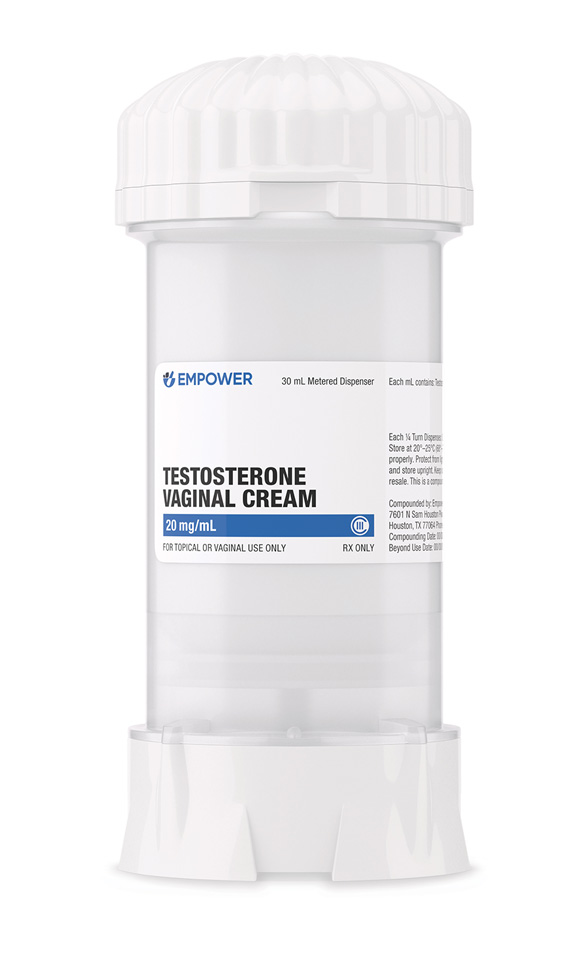
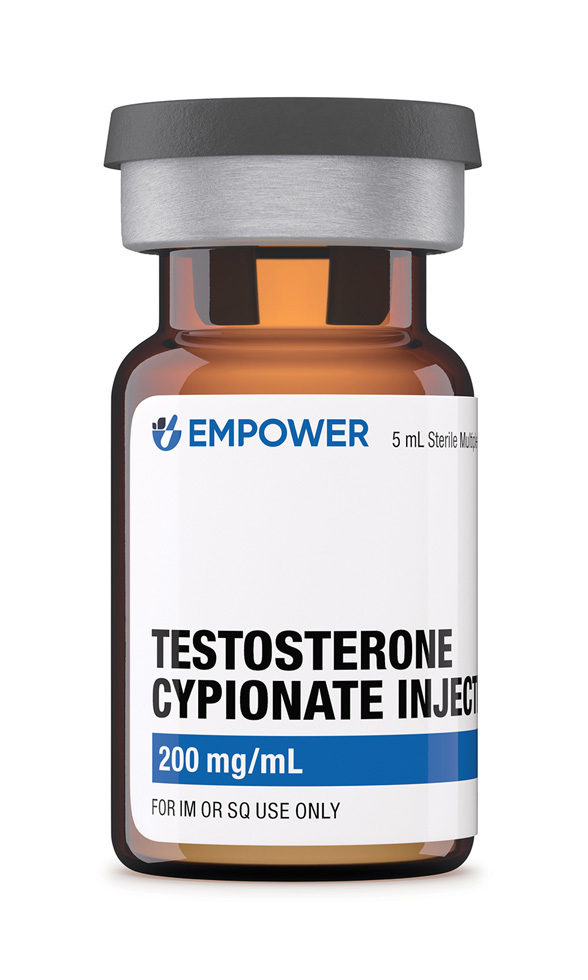 Testosterone Cypionate Injection
Testosterone Cypionate Injection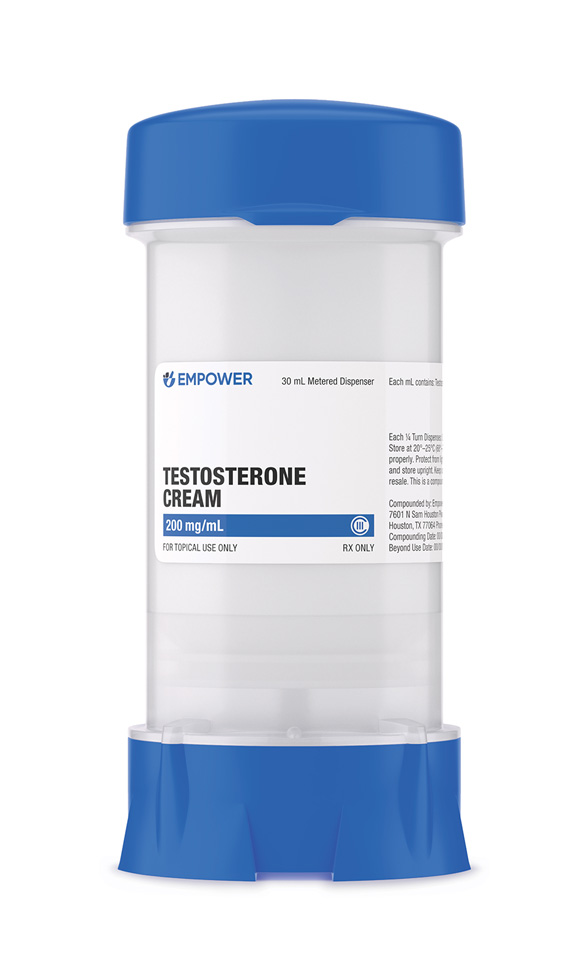 Testosterone Cream
Testosterone Cream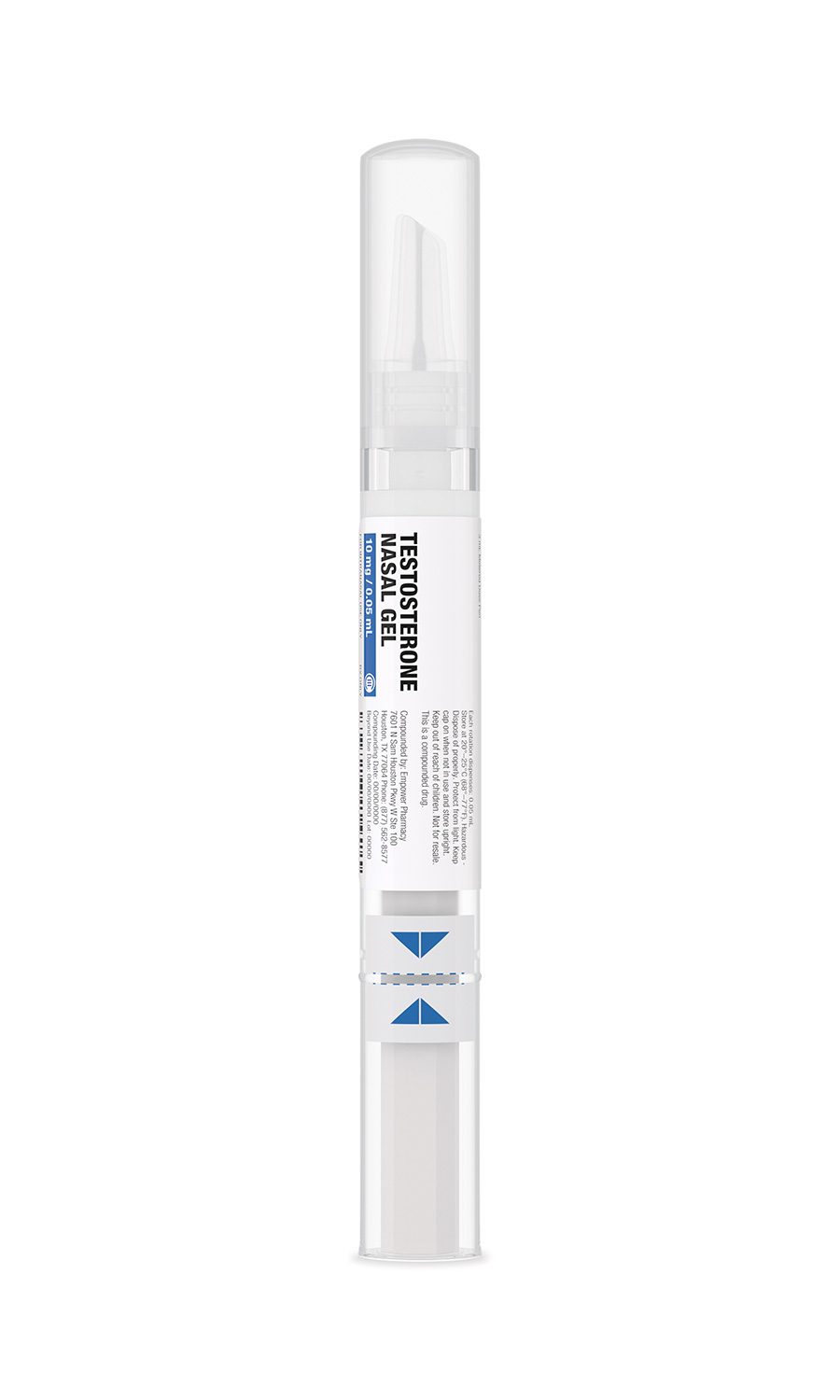 Testosterone Nasal Gel
Testosterone Nasal Gel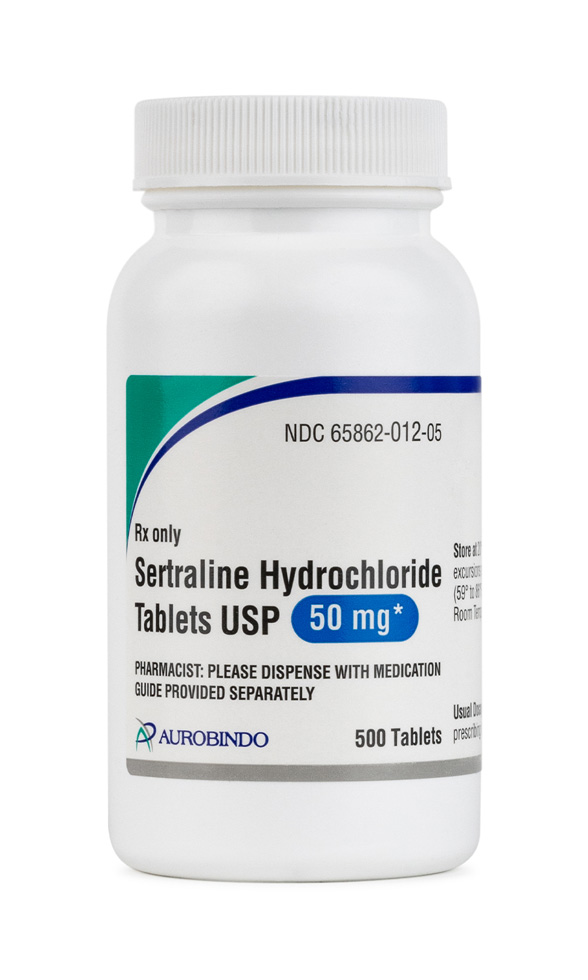 Sertraline Tablets
Sertraline Tablets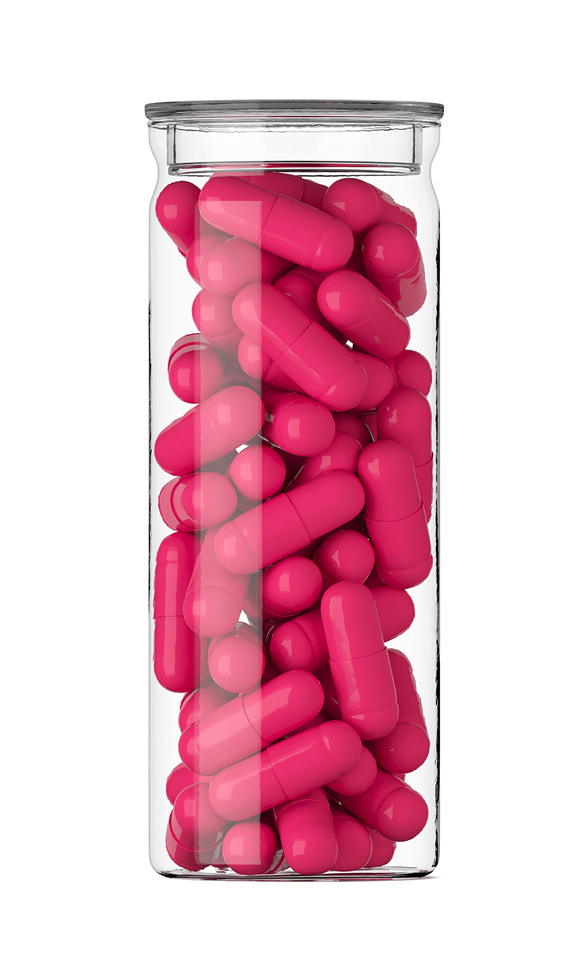 Progesterone Capsules
Progesterone Capsules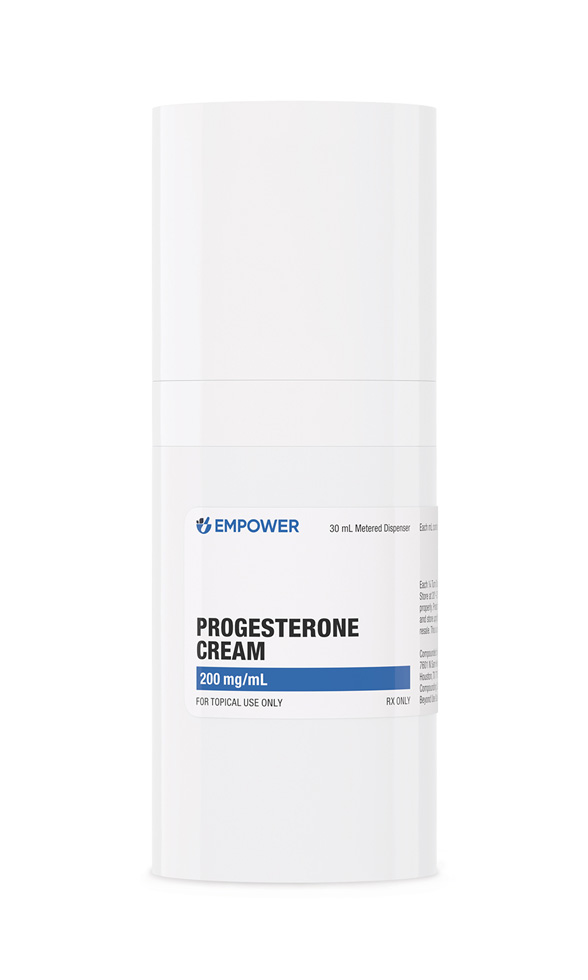 Progesterone Cream
Progesterone Cream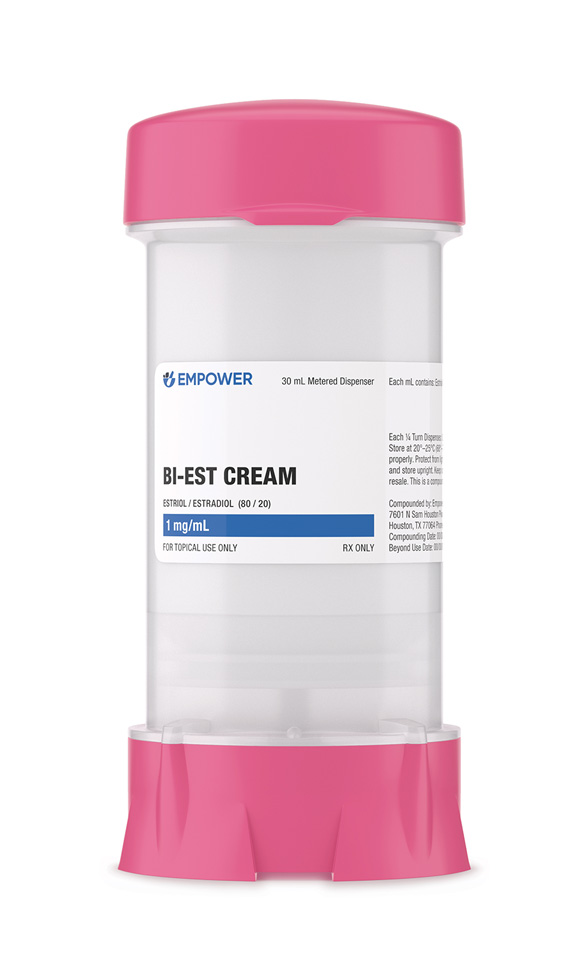 Bi-Est Cream
Bi-Est Cream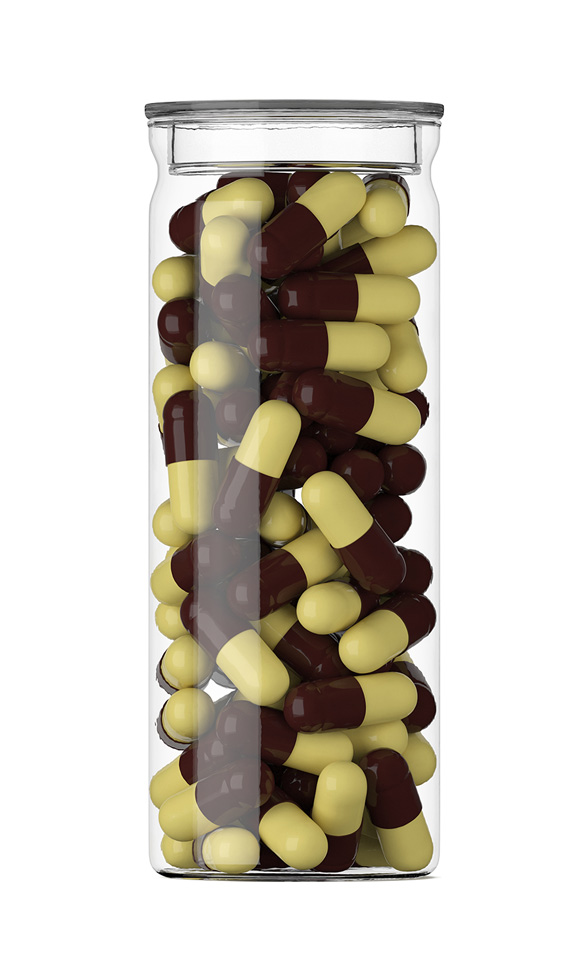 DHEA Capsules
DHEA Capsules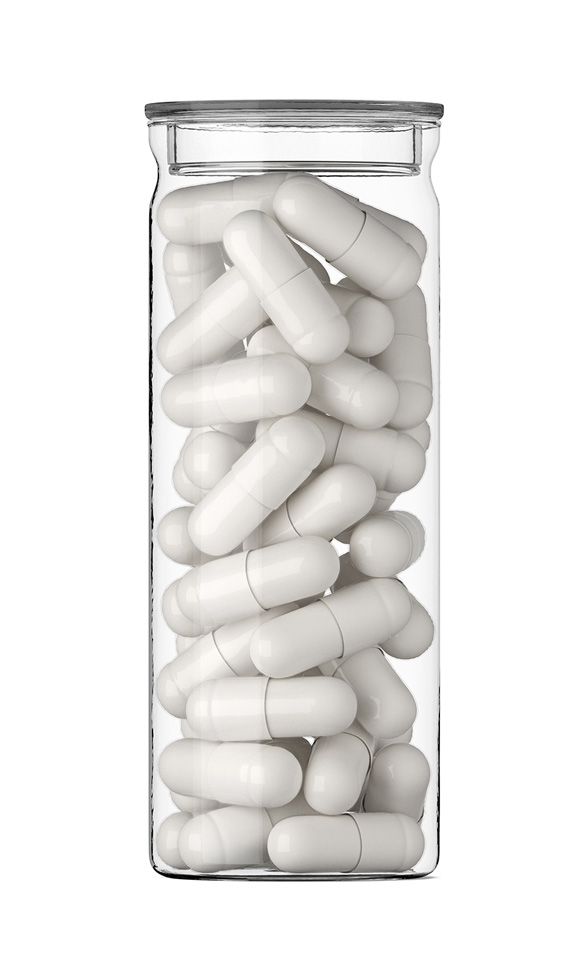 DHEA / Pregnenolone Capsules
DHEA / Pregnenolone Capsules